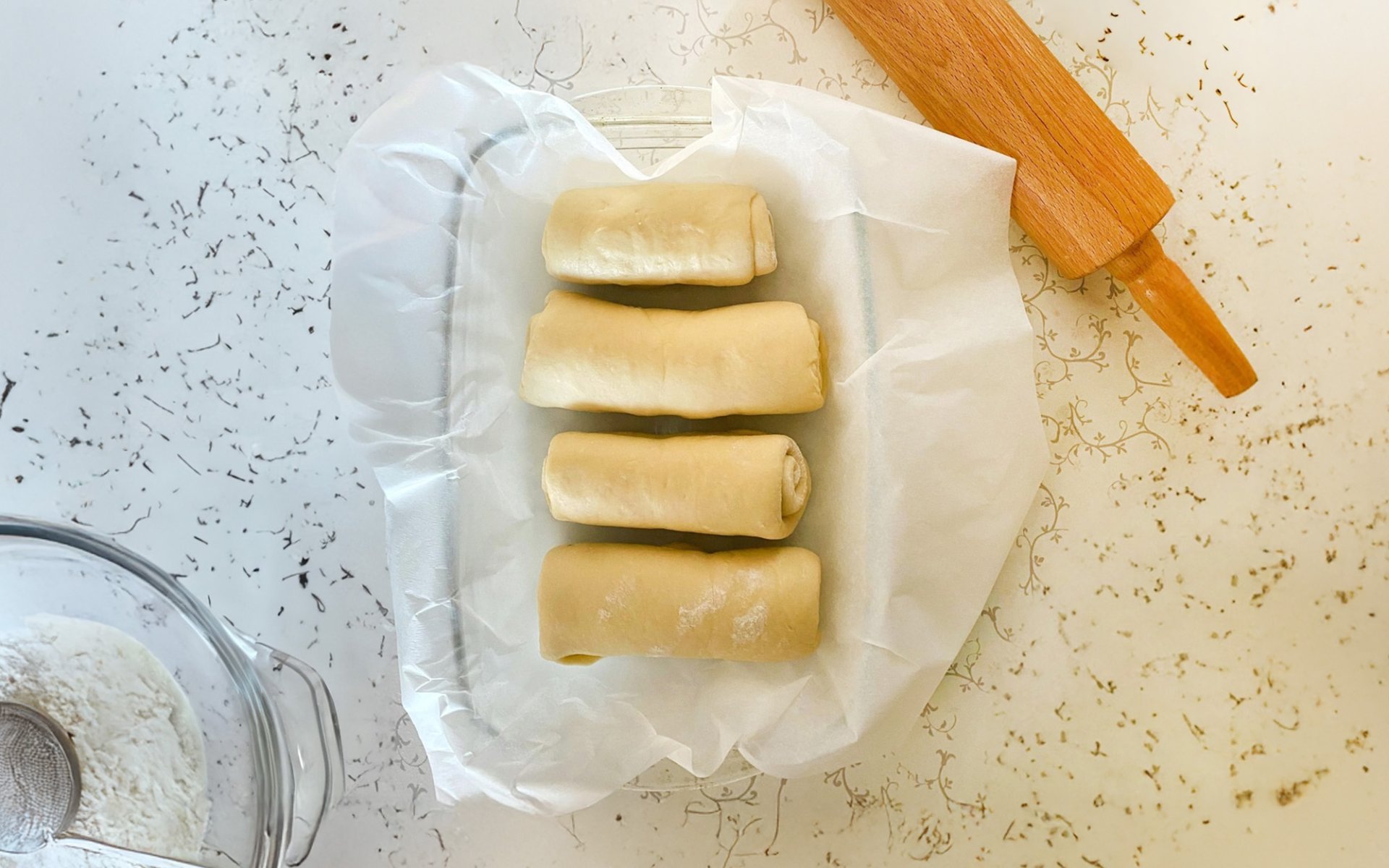Parchment Paper

In the culinary world, especially when it comes to baking, parchment paper is a versatile tool widely used by chefs and home cooks alike. It simplifies baking, prevents food from sticking, and makes cleanup a breeze. But have you ever wondered what this magical paper is actually made of? Today, Rimping Supermarket invites you to delve into the fascinating background of this indispensable kitchen item.
Ancient Origins: From Animal Hides to Plant Fibers
The story of parchment paper is older than you might imagine, tracing back centuries to ancient civilizations like Egypt and Greece. It is believed that the concept of using a material to line baking surfaces was first devised by the Egyptians and Greeks. In its earliest form, this material was often made from animal hides. The preparation process was quite intricate: animal skins were soaked in water, scraped clean of hair, stretched taut, and then dried. These prepared hides were then used to line surfaces for baking various foods or breads, preventing sticking and promoting even heat distribution.
As time progressed into the European Middle Ages, parchment paper underwent a significant evolution, shifting towards the use of plant-based materials rather than animal hides. The primary raw material became wood, a rich source of cellulose fibers. The manufacturing process begins by breaking down wood into fine cellulose fibers. These fibers are then processed and transformed into parchment paper with remarkable properties, including durability, tear resistance, high heat tolerance, and most importantly, its non-stick quality, which is the core benefit that makes this paper so valuable in the kitchen.
The Secret to Non-Stick: The Crucial Role of Food-Grade Silicone
The special property that makes parchment paper non-stick whether its for freshly baked bread, cakes, or cookies straight from the oven comes from a manufacturing process where a thin layer of food-grade silicone is evenly applied to the paper's surface. This silicone creates a protective, food-safe barrier that reduces friction and prevents dough or food from adhering to the paper. Furthermore, this silicone coating significantly reduces the need for additional oil or butter when baking, not only simplifying food preparation but also contributing to healthier meals by limiting added fats.
Versatile Kitchen Benefits: Enhancing Convenience and Hygiene
In baking, whether for sweet treats or savory dishes, parchment paper acts as an effective barrier between the food and the baking tray or pan. It helps heat from the oven or other heat sources distribute evenly to the food, ensuring that breads, cakes, or cookies bake uniformly and achieve a desirable texture. It also prevents food from sticking to various kitchen utensils, a common problem encountered in baked or roasted dishes. Most importantly, parchment paper also makes cleaning up utensils much easier simply lift off the paper after use, and your equipment will be clean, free from stubborn residue.
Another outstanding feature of parchment paper is its high heat resistance, making it suitable for a variety of cooking methods. Whether it's baking in the oven, steaming food for tenderness, or even grilling meats and vegetables on a grate, parchment paper can withstand temperatures of up to 200 degrees Celsius (approximately 392 degrees Fahrenheit), making it a safe and efficient choice for various household cooking needs.
Embracing Sustainability: New Eco-Friendly Options
In an era of increasing environmental awareness, many people may be concerned about the waste generated by using parchment paper. However, manufacturers today are actively addressing this concern by continuously developing more eco-friendly alternatives. In the market, you'll find various types of parchment paper, ranging from biodegradable options that naturally decompose, helping reduce waste, to reusable versions made from highly durable materials that can be washed and used multiple times, thereby reducing resource consumption and long-term waste.
At Rimping Supermarket, we offer a wide range of parchment paper types for you to choose from, whether disposable or reusable. This allows you to select the most suitable option for your cooking needs and preferences, supporting a convenient and environmentally conscious cooking lifestyle.


